Quick Links: About Us - Contact Us
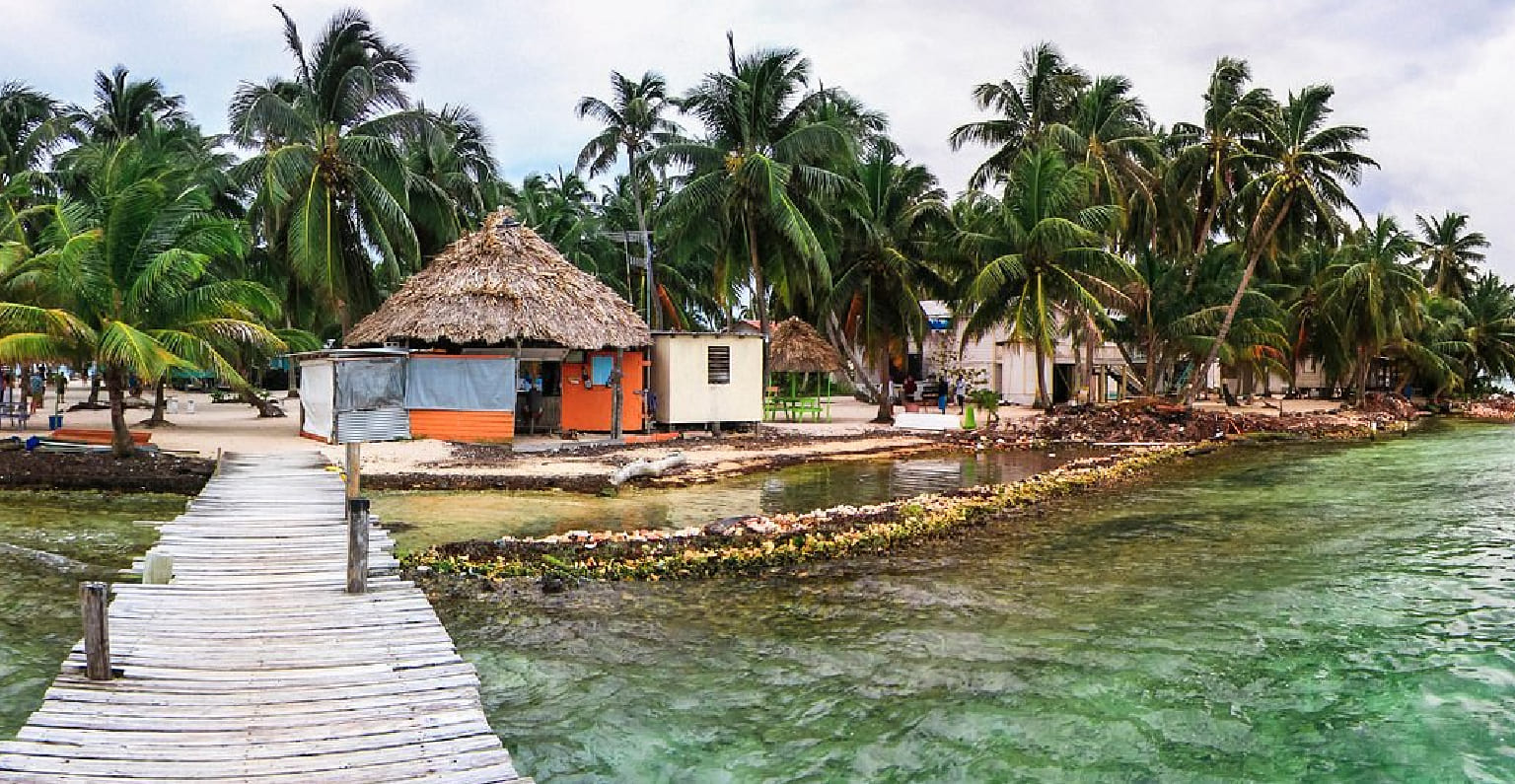
Belize is a paradise for photographers — lush jungles, ancient ruins, pristine beaches, and some of the most photogenic wildlife in Central America. But if you’re serious about capturing the real magic, timing is everything.
In this guide, we’re breaking down the best times to visit Belize for photography, from seasonal light conditions to wildlife activity and iconic locations you won’t want to miss. Whether you’re a seasoned landscape photographer, a wildlife enthusiast, or a drone hobbyist looking to up your aerial game, this guide has you covered.
Seasonal Light Conditions in Belize
Let’s talk about lighting — the soul of photography.
Dry Season (Mid-November to May)
- Best time for photographers!
- Skies are clear, offering crispy golden hours and deep blue skies during the day.
- Light is soft in the mornings and late afternoons, ideal for landscape and wildlife shots.
Rainy Season (June to Mid-November)
- Expect dramatic clouds and lush greenery.
- Rain showers usually come in the afternoon, so plan your shoots early morning.
- Lightning storms? Oh yes — perfect for time-lapses and dramatic shots!
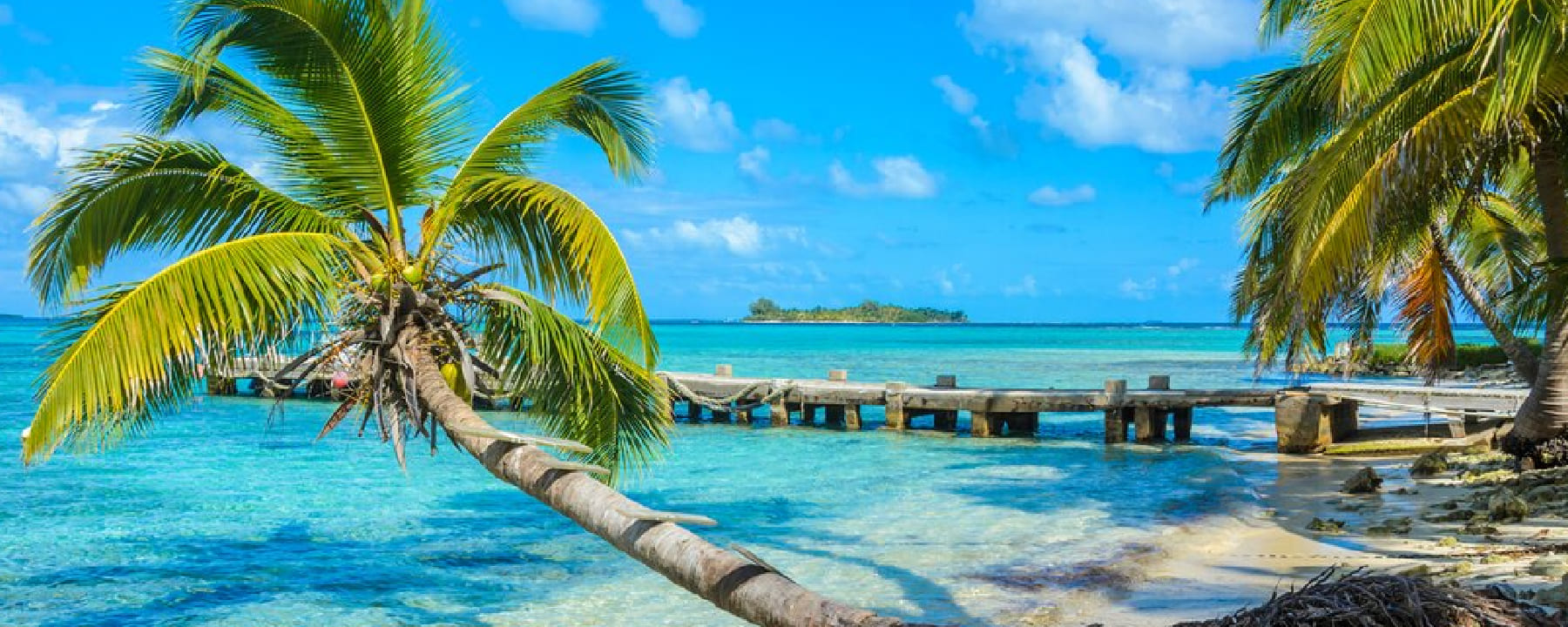
Sunrise & Sunset Golden Hour Times
Golden hour is when Belize really puts on a show. Here’s a general breakdown of the sunrise/sunset times by season:
| Month | Sunrise (approx.) | Sunset (approx.) |
|---|---|---|
| January | 6:30 AM | 5:45 PM |
| April | 5:30 AM | 6:15 PM |
| July | 5:20 AM | 6:30 PM |
| October | 5:40 AM | 5:50 PM |
Pro tip: Plan to shoot 30 minutes before and after official sunrise/sunset times to capture that perfect warm light.
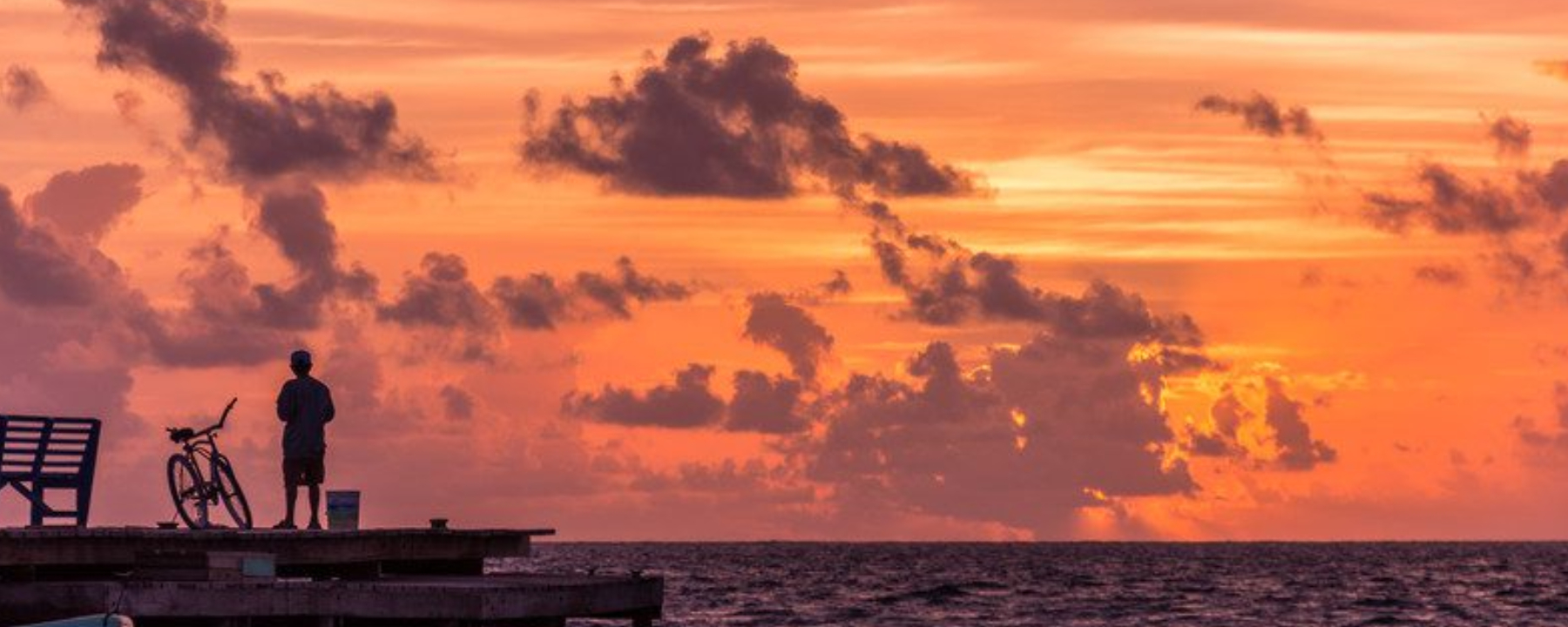
Wildlife Photography by Month
Belize is teeming with incredible wildlife, from toucans and howler monkeys to elusive jaguars. Timing your trip with wildlife activity can mean the difference between a “meh” shot and a National Geographic contender.
Wildlife Calendar Highlights:
- January – March: Best for bird photography. Migratory birds are in full swing. Crooked Tree Wildlife Sanctuary is a must.
- April – June: Great for marine life shots. Whale sharks appear near Placencia around the full moon.
- July – September: Lush jungle backdrops, active monkeys, frogs, and reptiles. Less ideal for birds, but fantastic for macro photography.
- October – December: Jaguars and tapirs are more visible in the Cockscomb Basin Wildlife Sanctuary.
Birders, take note: Belize boasts over 580 species of birds — bring that telephoto lens!
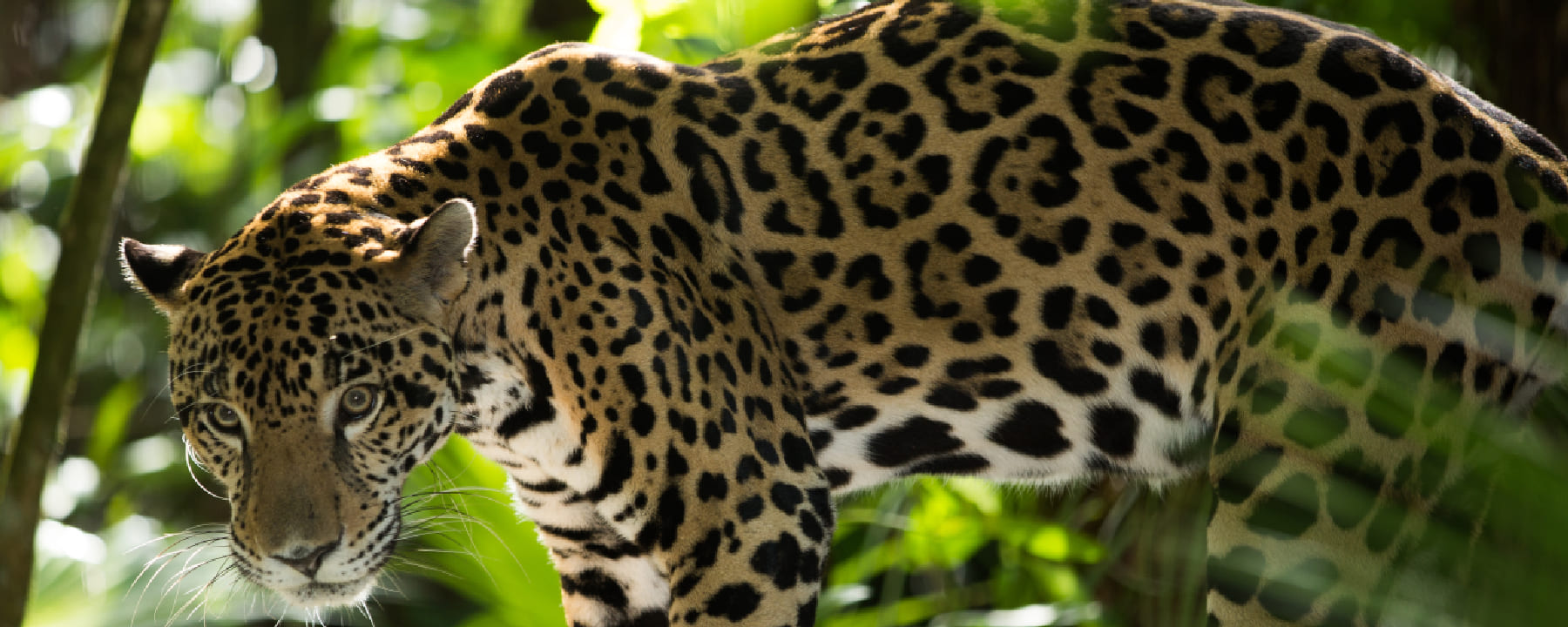
Iconic Photography Locations in Belize
If you only had one week in Belize and a camera, these are the can’t-miss spots:
1. Great Blue Hole
- Drone heaven. The sheer symmetry from the air is breathtaking.
- Best time: Morning light for minimal shadow.
2. Xunantunich & Caracol Ruins
- Perfect for sunrise shoots. You’ll get misty jungle backdrops and soft light on ancient stone.
- Early access is key!
3. Hopkins & Placencia Beaches
- Ideal for sunrise photography.
- Silhouettes of boats, palm trees, and locals make for great lifestyle shots
4. Cockscomb Basin Wildlife Sanctuary
- The best place to photograph jaguars, birds, and dense jungle terrain.
- Use long lenses and tripods for trail cams.
5. Hol Chan Marine Reserve
- Underwater photography hotspot.
- GoPro with red filters or underwater housings recommended.
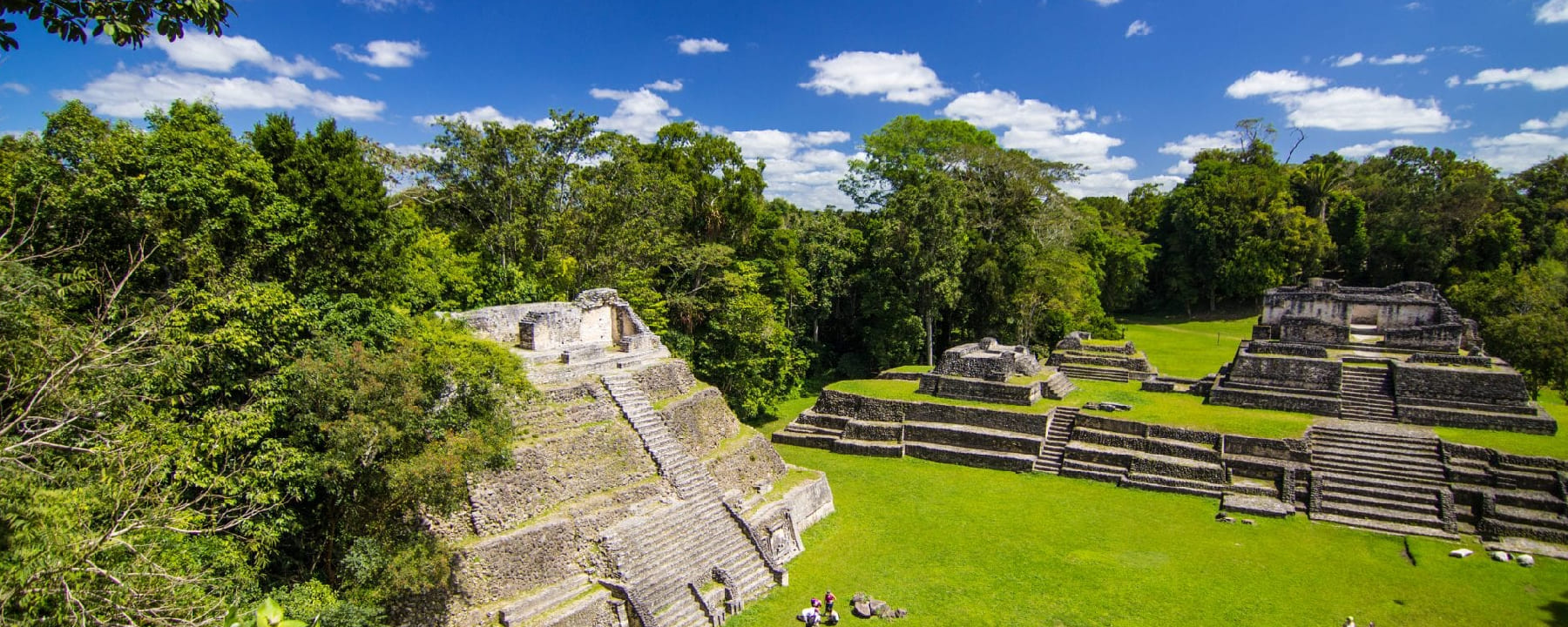
Drone Photography Tips for Belize
Flying a drone in Belize is allowed but regulated. Here’s what you should know:
- Register your drone with the Belize Department of Civil Aviation.
- Avoid flying near airports, towns, and protected areas unless permitted.
- Best drone spots:
- Great Blue Hole
- Ambergris Caye
- Belize Barrier Reef
- South Water Caye
Drone Tip: Fly during the early morning to avoid strong winds and harsh light. Use ND filters for smoother footage.
Gear Recommendations for Belize
Keep it light, weatherproof, and ready for action. Belize can be hot, humid, and wet.
Must-Pack Photography Gear:
- Camera Body (DSLR or mirrorless with good low-light capabilities)
- Wide-angle lens for landscapes (e.g., 16-35mm)
- Telephoto lens for wildlife (e.g., 100-400mm)
- Macro lens (optional for bugs, flowers)
- Tripod (lightweight and waterproof legs)
- Drone + extra batteries
- Rain covers for gear
- UV & ND filters
- Power bank & extra SD cards
Don’t forget:
- Microfiber cloths (humidity = fogged lenses)
- Waterproof dry bag
- Mosquito repellent (seriously!)
FAQs
Q: Is Belize safe for photographers traveling solo?
A: Generally, yes. Just be smart about where you go, especially in Belize City. Touristy areas and nature reserves are safe and welcoming.
Q: Can I bring a drone into Belize without registering it first?
A: No — you must register your drone before flying it in Belize. Failure to do so can result in fines.
Q: Is underwater photography worth it in Belize?
A: 100%. Belize has one of the largest coral reefs in the world — GoPro or DSLR in a housing will work wonders.
Q: When is the best month for a photo tour in Belize?
A: February or March — dry season, birds are active, light is dreamy, and jungle foliage is vibrant but not overwhelming.
Wrapping It All Up
Belize is more than just a tropical escape — it’s a visual playground for photographers. Whether you’re chasing golden hour light over the Maya ruins or tracking toucans through thick jungle, timing your trip right can make all the difference.
With this guide in hand, you’re set to capture the heart and soul of Belize through your lens — and maybe even walk away with a few portfolio-worthy masterpieces.
Happy shooting!

